Increasing Use in Consumer Goods
The consumer goods sector is increasingly adopting polyisoprene elastomers due to their versatility and performance characteristics. These elastomers are utilized in a wide range of products, including footwear, household items, and sporting goods, where flexibility and durability are paramount. The polyisoprene elastomer market is benefiting from the rising consumer preference for high-quality, long-lasting products. In 2023, the consumer goods segment accounted for approximately 20% of the total market share, reflecting a growing trend towards the use of advanced materials in everyday products. As manufacturers continue to innovate and enhance product offerings, the demand for polyisoprene elastomers is expected to rise, further solidifying their position in the consumer goods market.
Expansion in Medical Applications
The medical sector is witnessing a significant expansion in the use of polyisoprene elastomers, attributed to their biocompatibility and flexibility. These elastomers are extensively utilized in the production of medical devices, such as catheters, gloves, and seals, which require materials that can withstand sterilization processes while maintaining performance. The polyisoprene elastomer market is projected to benefit from the increasing demand for high-quality medical products, particularly in regions with advancing healthcare systems. In 2023, the medical application segment represented around 25% of the overall market share, reflecting a growing trend towards the use of synthetic elastomers in healthcare. This shift is likely to continue as the industry seeks to enhance patient safety and product reliability.
Rising Demand in Automotive Sector
The automotive sector is experiencing a notable increase in demand for polyisoprene elastomers, primarily due to their excellent elasticity and durability. These properties make polyisoprene elastomers suitable for various automotive applications, including seals, gaskets, and tires. As manufacturers strive to enhance vehicle performance and safety, the adoption of polyisoprene elastomers is likely to rise. In 2023, the automotive industry accounted for approximately 30% of the total consumption of polyisoprene elastomers, indicating a robust market presence. This trend is expected to continue, driven by the ongoing innovations in vehicle design and the push for lightweight materials. Consequently, the polyisoprene elastomer market is poised for growth as automotive manufacturers increasingly prioritize high-performance materials.
Technological Innovations in Production
Technological advancements in the production of polyisoprene elastomers are driving efficiency and reducing costs, thereby enhancing the overall market landscape. Innovations such as improved polymerization techniques and the development of new catalysts are enabling manufacturers to produce high-quality elastomers with tailored properties. These advancements not only increase production capacity but also allow for the customization of polyisoprene elastomers to meet specific application requirements. As a result, the polyisoprene elastomer market is likely to see a surge in new product offerings, catering to diverse sectors such as automotive, medical, and consumer goods. The ongoing research and development efforts in this area suggest a promising future for the market, with potential for increased competitiveness and market penetration.
Growing Demand for Sustainable Materials
The increasing emphasis on sustainability is influencing the polyisoprene elastomer market, as manufacturers seek eco-friendly alternatives to traditional materials. Polyisoprene elastomers, derived from renewable resources, are gaining traction due to their lower environmental impact compared to petroleum-based elastomers. This shift towards sustainable materials is particularly evident in industries such as packaging and consumer goods, where companies are striving to meet consumer preferences for environmentally responsible products. In 2023, the market for sustainable elastomers, including polyisoprene, was estimated to grow at a compound annual growth rate of 8%, indicating a robust trend towards sustainability. This growing demand is likely to propel the polyisoprene elastomer market forward, as more companies adopt sustainable practices.


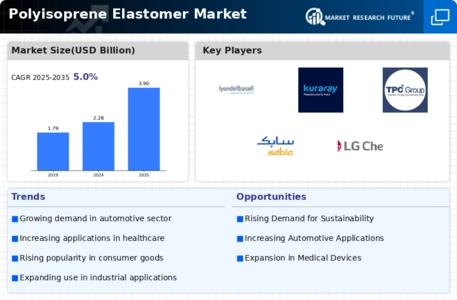
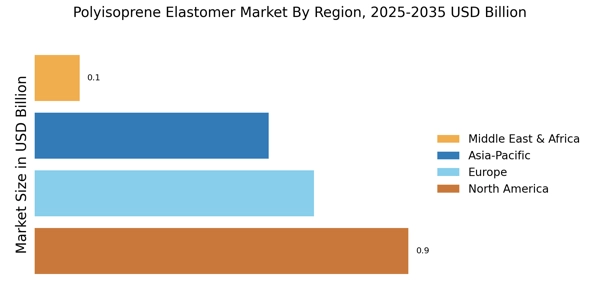
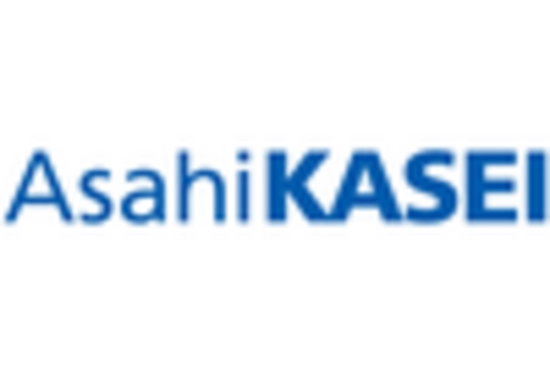

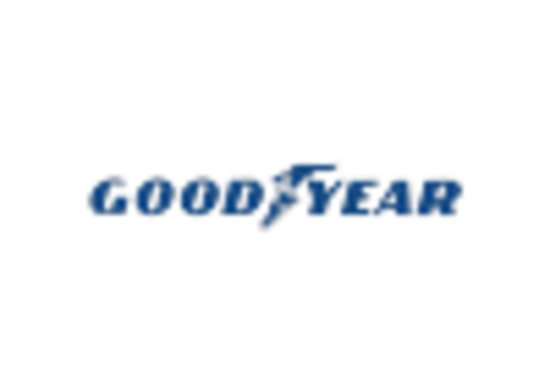

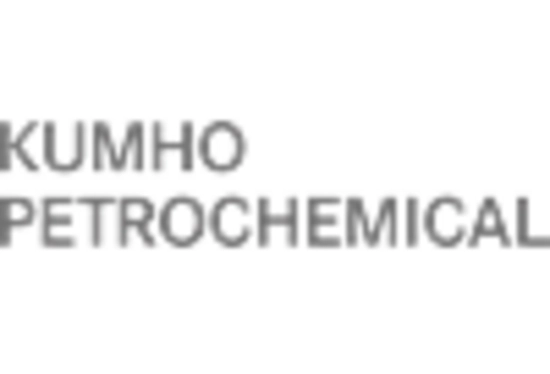
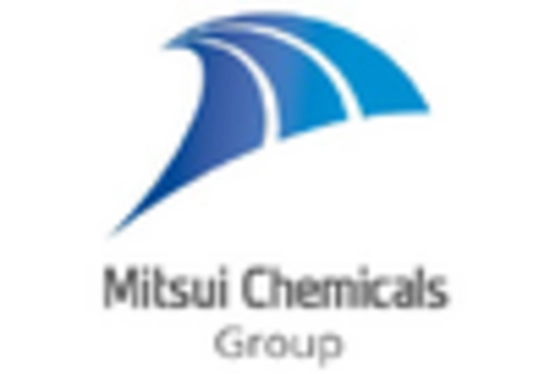








Leave a Comment